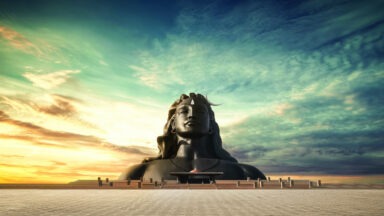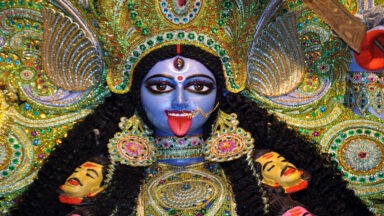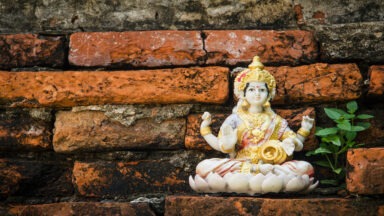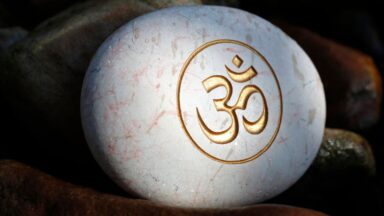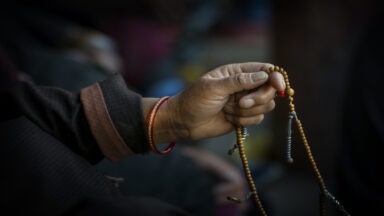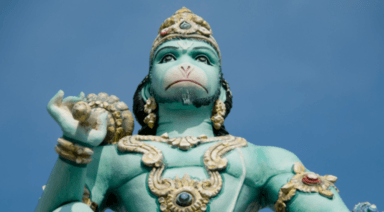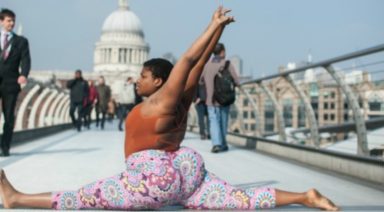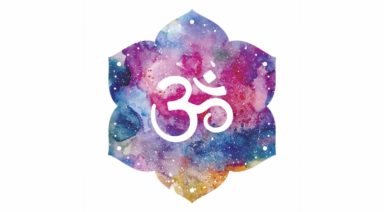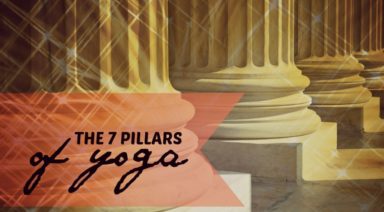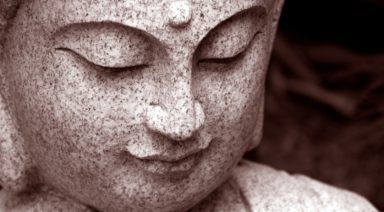Goddess Empowerment: Secret Tools for Attracting What You Want
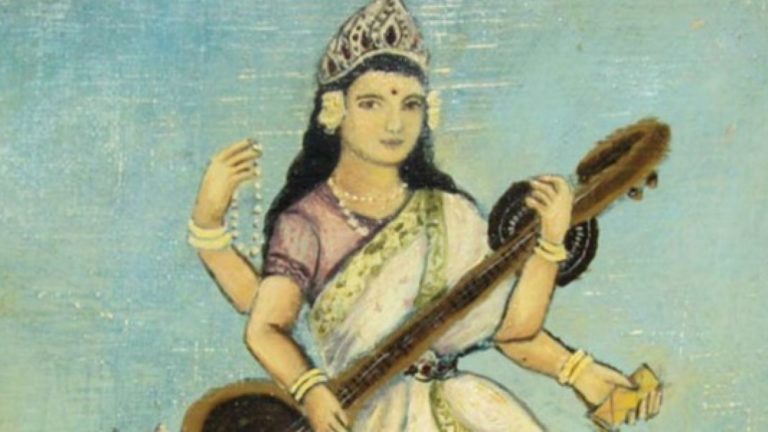
When I was asked to write for My Yoga on Gaiam TV, it was thrilling to get a writing assignment that inspired me so much. But when I sat down to write, insecurities started taking over: I’m not good enough, Who do I think I am? and the good old, I don’t have what it takes.
Some of these thoughts could come from the repressions of women in the past – what women have gone through, and are still battling in our bodies and consciousness. Women have endured repression since ancient times that it is in our DNA, and I have spent a lifetime learning ways to overcome this, to move forward and change the game! I am not blaming men and repression of the past for something that could have been writer’s block, and I not an angry feminist either. I am an equalist. I believe in equality and walking together with men, not in front or behind, but together.
Because I’ve learned ways to work through the repressions of my ancestors and sisters of the past (and writer’s block), I know what to do. I go to the Goddesses and ask for support.
Yes, I said Goddess, and I don’t care if it sounds woo-woo.
I’ll say it loud and proud – I connect to the Goddesses!
What Goddesses Represent
A Goddess is a female deity. And, for those of you who aren’t keen on idols, I understand. It’s hard to imagine an invisible means of support like this, because we can’t validate or prove it. I grew up a Sikh, and we didn’t do Idol worship, so I get it. So while I can’t prove what this kind of support does for me, I can share a little about what they represent and symbolize.
To me, all Goddesses represent what a woman is truly capable of. Imagine what we’d accomplish with all those arms and qualities of strength. A Goddess represents a woman in her full power, strength and sensuality. She may represent aspects that we want to acquire for ourselves to feel full and strong. Some Goddesses even have weapons. My definition of “weapon” here is an item, tool, or belief that helps to combat life’s challenges and empowers us to move forward in life, like the goddess Ganesha, the remover of obstacles.
Saraswati
First in the series of Goddesses is the one I called forth to help me move forward in writing this article. Her name is Saraswati, the Hindu goddess of knowledge, music, writing, arts and speech. The name Saraswati is derived from the word swar which means voice, tone or note. Another definition of Saraswati comes from saras, meaning “flow” and wati, meaning “she who has flow. Saraswati is the embodiment of communicating eloquently with full creativity.
She is the Goddess of all the creative arts, especially poetry and music, learning and science. She is represented as a graceful woman dressed in white (representing purity), she rides a white swan or peacock. Her weapons are sacred scriptures (a symbol of true knowledge), and the vina (a symbol of music, love and life).
Saraswati is the companion of Brahma, and it was with her knowledge that Brahma created the universe. Just so you know, it’s not only Goddesses I’m hanging with. Their male counterparts are really cool too. The two form a union, and if we were to see the male and female divine as role models in our society, this would solve the imbalance in the world. The tendency is to teeter to one side or the other, and I don’t want to make it seem that I am teetering on the girly side since I’m writing about Goddesses. I am in the middle with both, and when I connect to her, I also connect to him.
You can think of Saraswati as your smart-guide. Her teachings lead with wisdom first, before material desires. She is known not only for academic knowledge, but for divine knowledge which is essential to achieving moksha (liberation of the soul).
Calling Forth the Goddesses
The way I call forth the support from the Goddesses and their teachings is through a simple prayer, conversation, or mantras. The prayer goes something like this: Dear Goddess Saraswati, please come forth and be with me, show me the way to strength and confidence. Please speak to me, teach me and guide me into serving in the best way possible.
Sound easy? It is.
Then I breathe and listen, and follow what I hear. And If I don’t hear anything, I get up and move my body. Movement can be a meditation and dancing is a especially a way I connect with higher powers.
A mantra to Saraswati that I am chanting softly now as a I write is: Aum Aim Namo Devi Saraswatyai.
It’s pronounced: Om I’m Na-mo Day-vi Sar-us-swat-yay.
Rough Translation: Oh! Divine Goddess Saraswati. You so fine, You so fine, you blow my mind, hey Saraswati, hey Saraswati…:)
Keep it light, fun and playful!
No matter what you believe, or how spiritual you are or aren’t you can benefit from having an imaginary friend (perhaps), or talking to a supportive being (Goddess) waiting to hear from you.
Image Credit: Original Painting by Amanda Giacomini
Ridding Your Negative Personal Narratives With Lord Shiva
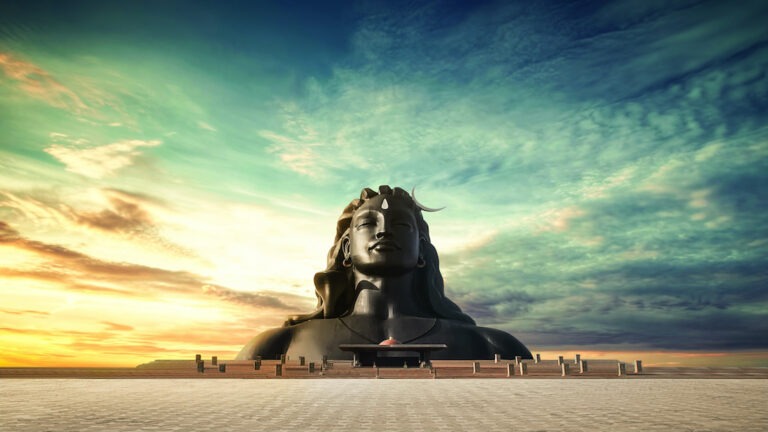
Lord Shiva is a well-known and worshipped Hindu deity. He is one of the Holy Trinity (the Trimurti), which consists of Lord Brahma, Lord Vishnu, and Lord Shiva. What each represents in our familiar terms are brand new beginnings (Brahma), the middle of everything in existence (Vishnu), and the endings (Shiva). When Shiva, as the Lord of Dissolution, gives us the endings, he also provides the space for Brahma to instill a bright new beginning. It is from the void of nothingness, or space, left after something comes to an end, that Brahma responds by bringing the start of something new.
Shiva, Lord of Dissolution
Shiva, The Auspicious One, is also known as Mahadeva or The Great God. He is worshipped as the Supreme Being in Shaivism, a major institution within Hinduism. I like to explain the concept of endings giving way to brighter new beginnings with the metaphor of a bookshelf filled with storybooks that represent our own considerations about ourselves.
Imagine you have a large bookshelf in your mind. The bookshelf is jam-packed with books whose titles represent your own self-judgments or concepts of yourself. One thing to mention is that we are constantly in judgment of ourselves. We are usually in judgment of something and judgments can be good or bad. For instance, we might see a book entitled ‘I am a great Mother,’ or ‘I am a giving person.’
Conversely, we have the debilitating narratives. ‘I am unworthy’ or ‘I am not flexible enough’ as some of the titles we’re experiencing. But the debilitating narratives are simply opportunities to grow or bring Shiva into our lives.
Shiva comes along as the Lord of Dissolution; he shows us where we are hindering our growth with certain stories or ways of being. For instance, when you decide you are fed up with thinking of yourself as unworthy, or not good enough, Shiva gives you the willpower to dissolve that story. The ‘I am unworthy’ book gets removed from the shelf and thrown to the wayside.
What is left behind is an open space, an open space ready and willing to house a new book with a new title. Brahma steps in and gives us the capacity to formulate a new storybook title that feels brighter and shinier as a new beginning, or judgment of self. For example, we switch from the ‘I am unworthy’ mantra to ‘I am good enough.’ In this way, Shiva and Brahma give us the ability to challenge our belief system and change it for self-betterment.
Shiva, Lord of Dance
A common depiction of Shiva is one of a dancing four-armed deity. In this form, Shiva is known as Nataraja, or the Lord of Dance. He is seen dancing in a halo of fire which represents samsara, or ‘flowing around.’ In his upper right hand, Shiva holds a hand drum said to have drummed the first drum beats to help create everything, paired with the sound of “Om.”
His upper left hand holds a flame said to have the ability to destroy on behalf of transformative new beginnings. His bottom lower right hand holds abhayamudra, a gesture used to convey fearlessness. His bottom left hand mimics the lifted position of his left leg. This symbolizes a respite soul’s find from the earthly troubles on a path towards soul liberation. His lifted left leg is a journey towards this elevated consciousness. Finally, the snake he wears around his waist is the creative energy that exists in our psychic body.



